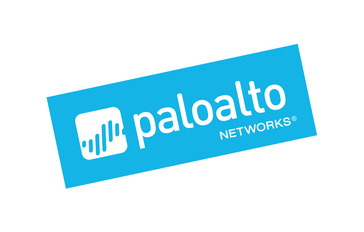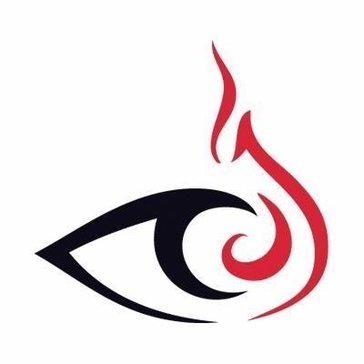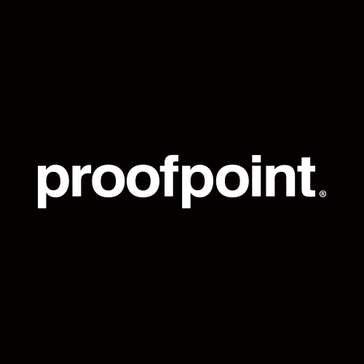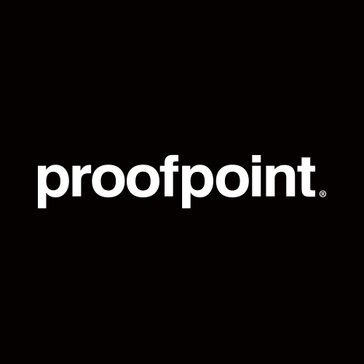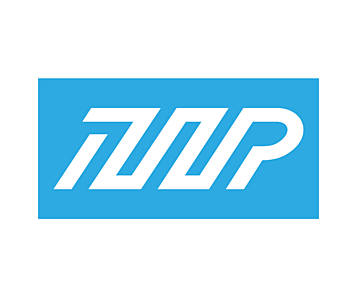
Splunk Phantom Security Orchestration
Splunk Phantom Security Orchestration transforms security operations by automating workflows and integrating with over 300 third-party tools. Its customizable playbooks streamline incident response, allowing teams to act on threats swiftly. With advanced capabilities for prioritizing alerts and leveraging built-in threat intelligence, it enhances efficiency and reduces response times across the SOC.
Top Splunk Phantom Security Orchestration Alternatives
Palo Alto Networks AutoFocus
AutoFocus transforms threat intelligence management by integrating insights from Unit 42's extensive repository directly into analysts' workflows.
FireEye Redline
FireEye Redline enhances endpoint security by integrating advanced monitoring and access control for USB devices, specifically targeting Mass Storage and MTP classes.
Cisco Threat Grid
Cisco Secure Malware Analytics (formerly Threat Grid) provides organizations with an advanced platform for dynamic malware analysis and sandboxing.
Netwrix
Netwrix Data Classification enhances security and compliance in Office 365 environments by providing deep insights into user access, activity monitoring, and permission changes.
Azure Sphere
Azure Sphere is a robust IoT security platform that facilitates the development, connection, and management of intelligent devices from silicon to the cloud.
Microsoft ATA
Designed to fortify Zero Trust frameworks, Microsoft ATA empowers organizations to detect and respond to sophisticated identity threats.
TrustedID
TrustedID helps you monitor and keep control of your credit activities against potential threats...
Mozilla Enterprise Defense Platform
Designed to process over 300 million events daily, it offers real-time support against a backdrop...
Whois API Webservice
It reveals connections among domains, registrants, and DNS servers while monitoring suspicious DNS changes...
CimSweep
It facilitates efficient data acquisition without the need for agent deployment, leveraging CIM sessions for...
ThreatConnect
With automation to quantify cyber risk financially, it enhances analyst efficiency and effectiveness...
Apache Metron
It equips organizations to detect cyber anomalies effectively and facilitates rapid responses to these threats...
Proofpoint Threat Defense
By automating incident enrichment and response actions, it significantly reduces investigation time...
Proofpoint Emerging Threats Intelligence
It features searchable dashboards, categorizes IPs and domains with confidence scores, and seamlessly integrates with...
Threat Intelligence APIs
They offer crucial information, such as SSL certificate chains, geolocation data, and the reputation score...
Top Splunk Phantom Security Orchestration Features
- Automated security task orchestration
- Integration with 300+ third-party tools
- Support for 2
- 800+ automated actions
- Customizable playbooks for workflows
- Prebuilt playbooks leveraging MITRE ATT&CK
- Visual Playbook Editor for simplicity
- Centralized investigation panel
- Real-time alert consolidation
- Built-in threat intelligence integration
- Cloud
- on-premises
- or hybrid deployment
- Seamless integration with Splunk Enterprise Security
- Task segmentation and assignment features
- Informed decision-making insights
- Rapid response to phishing alerts
- Efficient management of security events
- Enhanced security visibility across tools
- Streamlined collaboration across teams
- Automated detection of complex threats
- Documented and cohesive investigative process
- Cost savings through operational efficiency.
